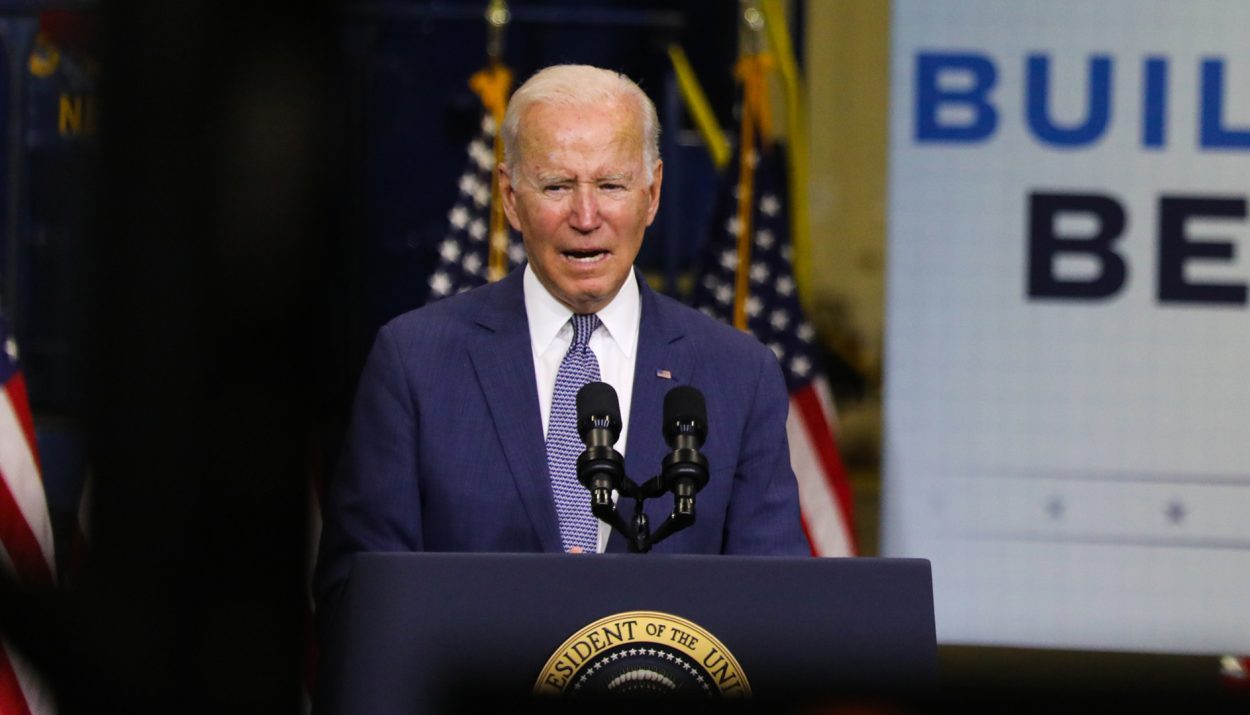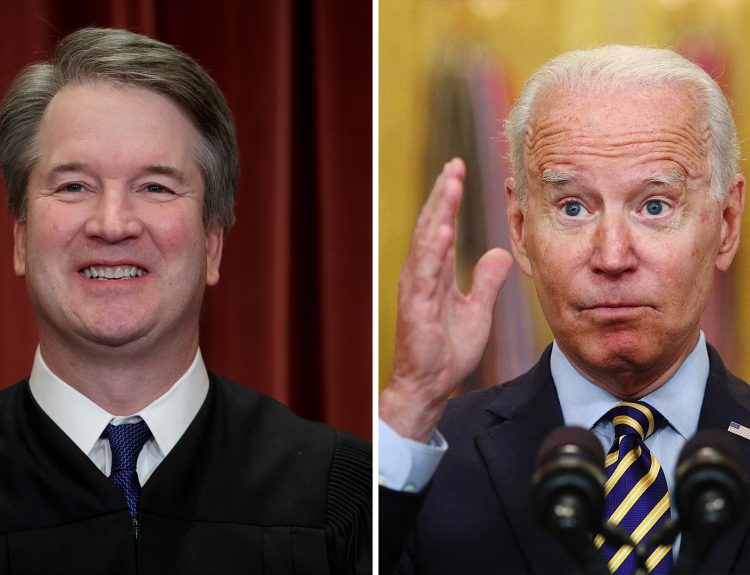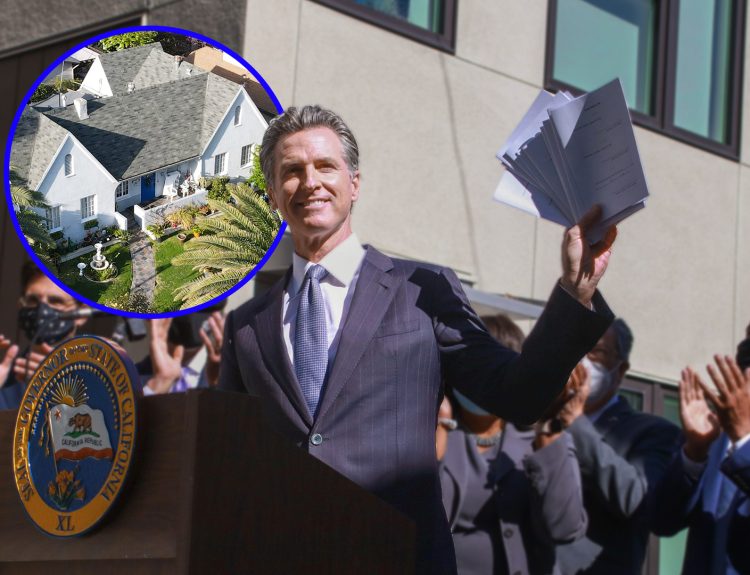The Biden presidency is fascinating, for the fact that he started with an almost historically high approval rating in the beginning of his term, and now has hit aggressive lows during a reelection year. There are many factors that go into the approval rating of a president, many of which are, unfortunately, out of the president’s control.
A Strong Beginning
Biden started his term off strong by following through on a great deal of promises that he made on the campaign trail. He worked to provide student loan forgiveness to Americans crippled by debt, and he signed multiple executive orders reversing some of the more unpopular decisions of the Trump presidency.
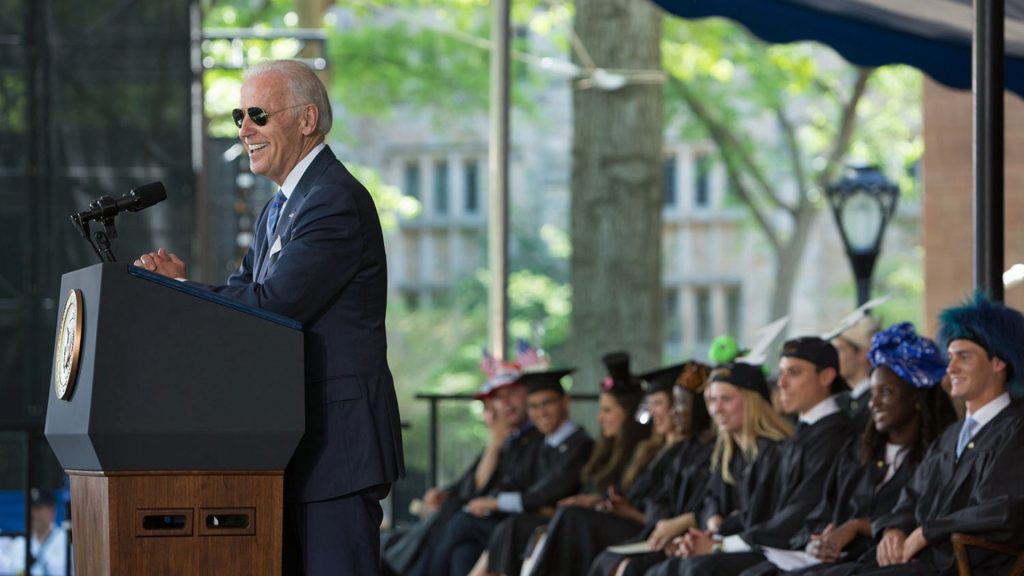
Biden has even managed to pass historic legislation, making more progress in many ways than any president in the last forty years. The infrastructure bill that Biden’s administration managed to pass is one for the books alone, but he has also managed to sign into law the first significant legislation regarding guns in the last twenty years.
Significant First Term Accomplishments
All of these accomplishments are the mark of a wildly successful first term in office for a President. All of that, coupled with the fact that Biden has steered the country away from a recession in the wake of the COVID-19 pandemic, should have left Biden with a sky-high approval rating, even among Republicans.
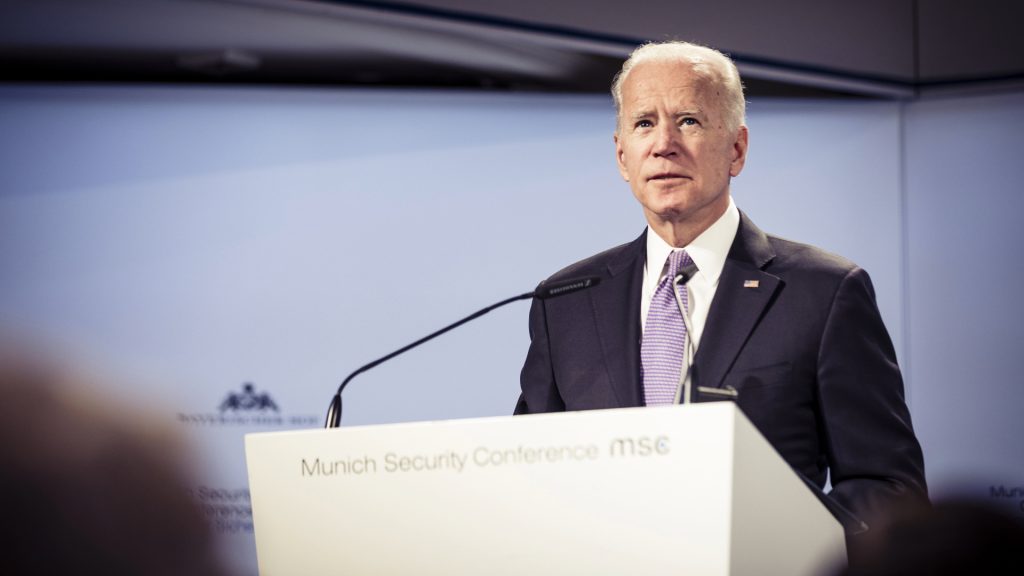
Unfortunately for Biden, that doesn’t appear to be the case. Despite starting strong with his approval rating and passing multiple pieces of historic legislation, Biden’s public image has slowly declined over the course of his presidency.
There Have Been Mistakes, Too
That’s not to say that all the choices that Biden has made have been good ones, as the President. Very rarely could one state that all the choices made in service to the country are excellent, well-thought out plans.
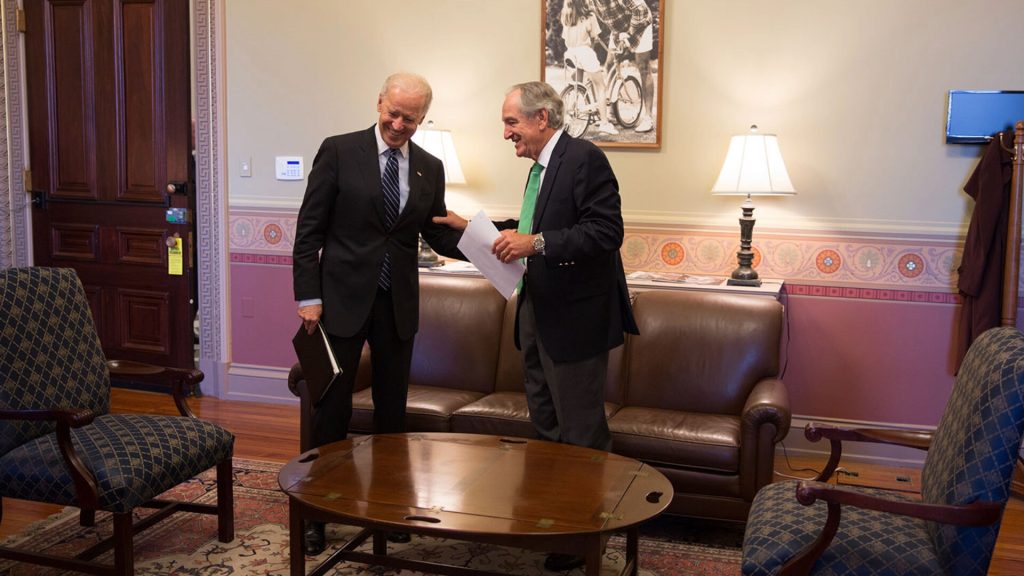
One of the first blunders that Biden made as President was during the American exit out of the Middle East, ending the multi-decade war in Afghanistan and fulfilling one of his campaign promises, to end the war and bring the American soldiers back home. The exit turned out to be fairly disastrous, with American lives lost and the Taliban taking back control of the Afghan Capitol within weeks.
An Opportunity for Critics
This particular mistake is one that Republicans and fellow Democrats spent a good deal of time criticizing. Biden should have planned better, he should have anticipated better. He should have had a better relationship with the unfortunately weak government of Afghanistan, so that they could have survived longer without being overtaken by a terror group.
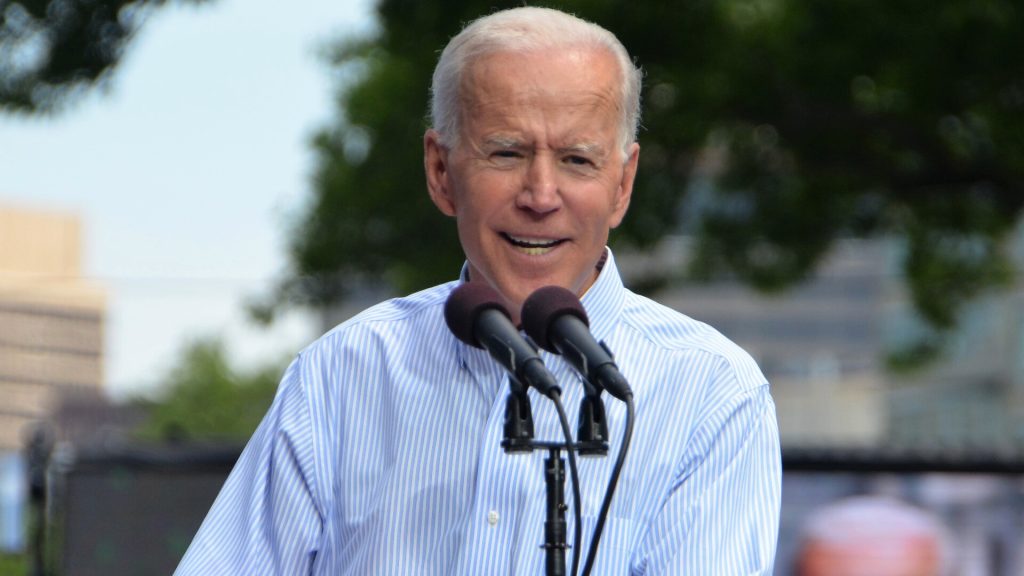
Unfortunately, many aspects of being the president cannot be predicted, and they can’t be addressed by standard diplomacy. Inflation, international conflict, public opinion, these are al things that the President is unable to control by direct action, no matter how much they might want to.
Approval Going Downhill
Biden’s approval rating started to go downhill shortly after Russia made the first strike in the war in Ukraine. Inflation in America – and everywhere else – spiked massively after that attack, and Americans felt the burn of higher prices everywhere it was possible to spend money.
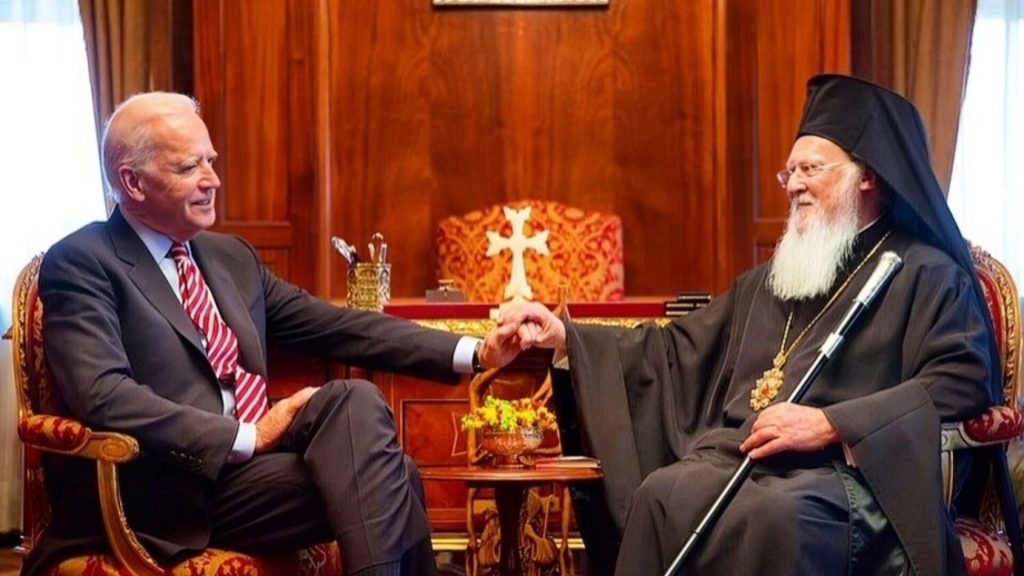
This was one of the first, significant pitfalls that the Biden administration had to face, but it was far from the last. Managing inflation became only one of the major issues that Biden’s administration has faced, and these issues have created significant discontent in the American public, as well as a lack of trust in the American government.
A Concern for the Administration
While dips in presidential approval are common, ahead of an election year, they’re concerning. One of Biden’s biggest jobs – outside of the actual job as president – in an election year is to prove to the American public that he has earned the right to hold the office of president for another four years.
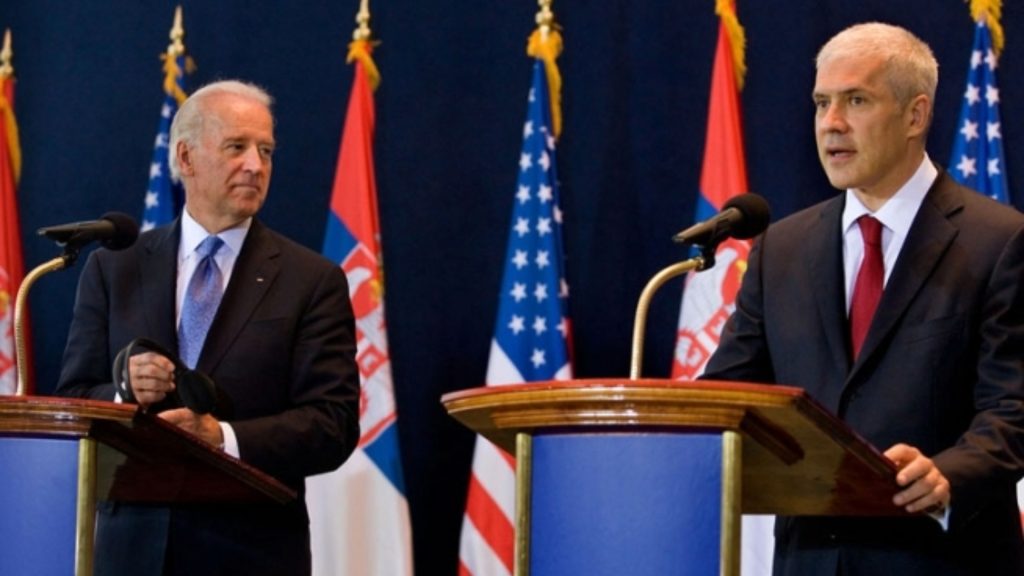
Approval ratings show where the president is in regards to that goal. While the approval rating is not necessarily linked entirely to the actual performance of the president, it’s a good metric that can help an administration measure where they’re failing in terms of messaging with the American public.
A Historical Low for Biden
Unfortunately for Biden, his approval rating is at a historic low in polls that have followed his recent speech at the State of the Union. While his speech was strong, it doesn’t appear to have had the impact that the administration might have hoped, which was to boost his ratings in the wake of the upcoming election.
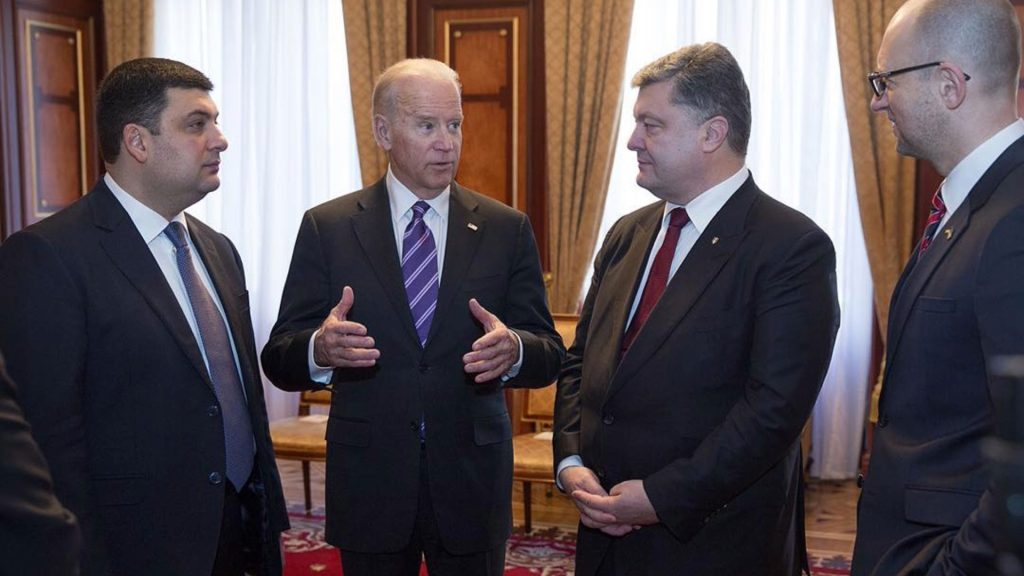
Currently, Biden’s approval stands at 37.4%, which is the lowest since he recorded an average of 37.6% in December of 2023. This is according to poll aggregator FiveThirtyEight’s national average calculations.
Disapproval at a Historic High
On the opposite end of the spectrum, Biden’s disapproval rating sits at 56.5%, giving the president a net disapproval score of more than 19 points. These facts are record markers of disapproval for the president, and do not bode well for Biden in an election year.
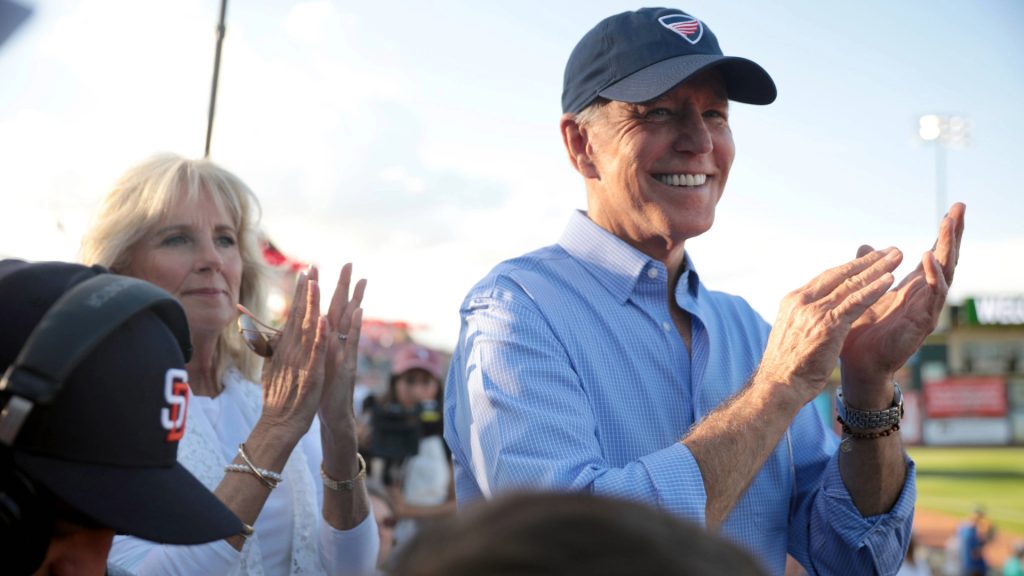
These average ratings come in the midst of long-standing concerns that Biden has faced about his struggling poll numbers. Comments about his age and performance in the office have impacted voter confidence in the President, and it shows in how low his approval ratings are.
On the Heels of the SOTU
The poll data comes on the heels of the State of the Union address, which was intended to boost voter confidence in the administration. Biden spent a good portion of the speech discussing the various successes of his administration, as well as discussing things that he would like to accomplish, should he be elected back into office.
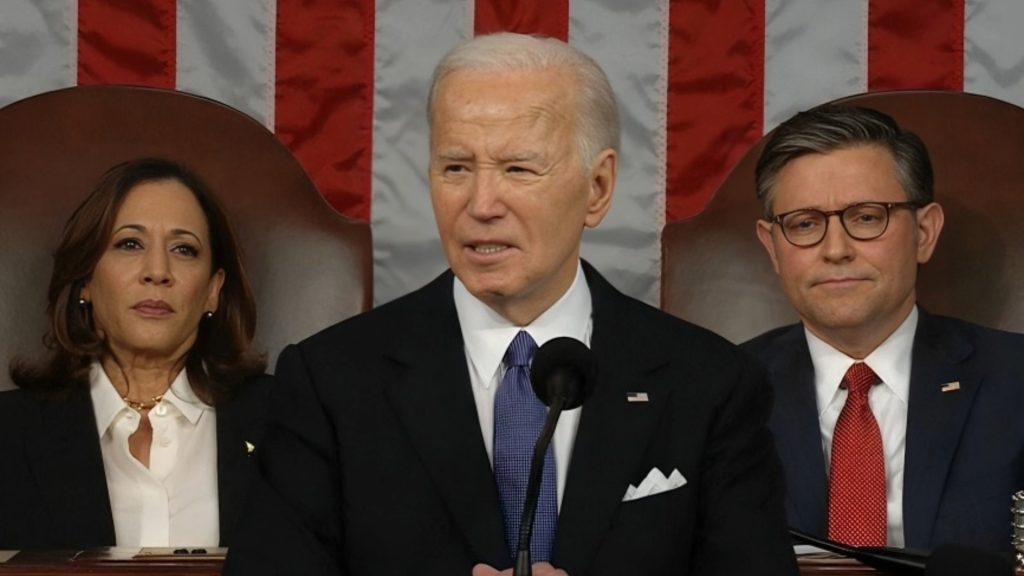
Biden was also sharp and witty in his speech, and had immediate responses to Republicans who tried to heckle and cat call him during his speech. Many members of the media have commented on Biden’s attitude and sharpness in the days since the speech, much to Biden’s benefit.
A Wildly Positive Critical Response
Heath Brown, an associate professor of public policy at the City University of New York, said that Biden gave “one hell of a speech” during the State of the Union address. It’s a sentiment that has been shared by many in the days since the address.
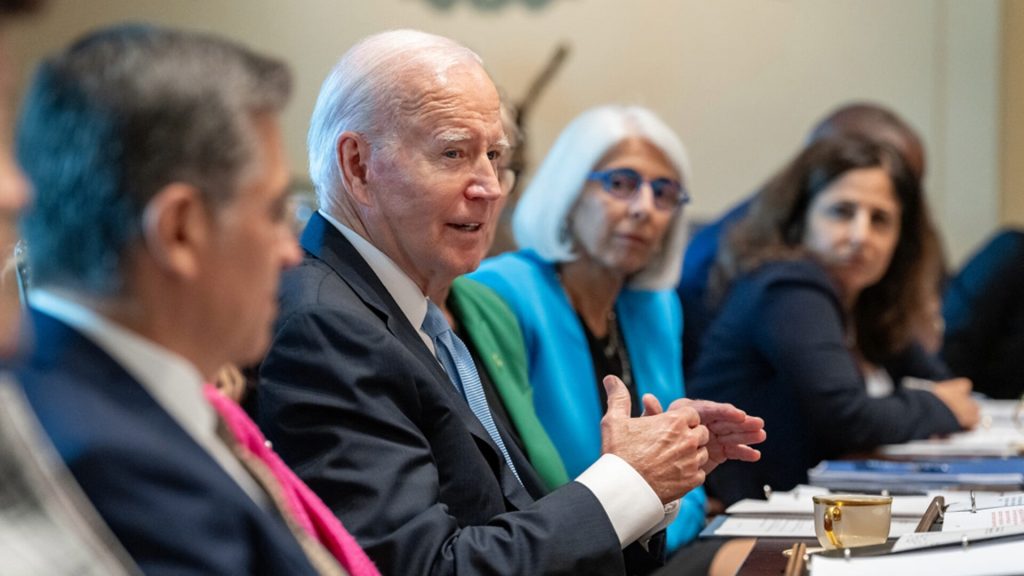
“President Biden…was a bulldog in this SOTU. He was combative, funny, and aggressive. It also was the most pro-union speech I’ve ever heard from a U.S. president,” Brown said in a statement to Newsweek.
A Positive Public Response, Too
According to a CNN poll, 65% of those who watched the State of the Union address had a positive reaction to Biden’s speech, including 35% who reacted “very positively” to Biden’s remarks.

These positive remarks are stunning in the wake of Biden’s low approval rating. A YouGov survey conducted the day after the SOTU found that 30% of Americans believed that people would have a more positive view of Biden following the speech, compared to the 23% that believed that the speech would cause people to see Biden in a more negative light.
Baffling Poll Results, Indeed
These reactions to the State of the Union make the newest polls even more baffling for Biden. However, when some variables are controlled for, some differences do start to make an appearance.
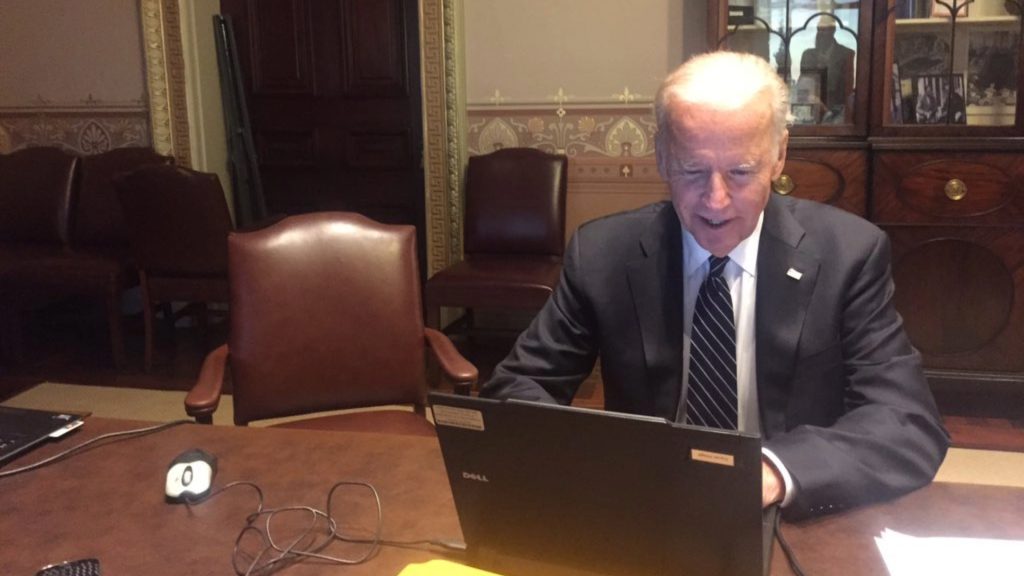
While it’s true that Biden’s approval rating is hovering around an average of 37% nationwide, when the polls controlled for people who had watched the State of the Union, Biden’s approval rating jumped to 42% among a pool of people who had exclusively watched the address. This is a significant jump in approval percentage, all while controlling just one factor.
Biden Has Work to Do
These polls show Trump as being ahead of the race in front of Biden, but the data and the projected results can all be taken with a grain of salt. As a reminder, the 2016 election saw Hillary beating Trump by a wide margin, and we all remember how that turned out.
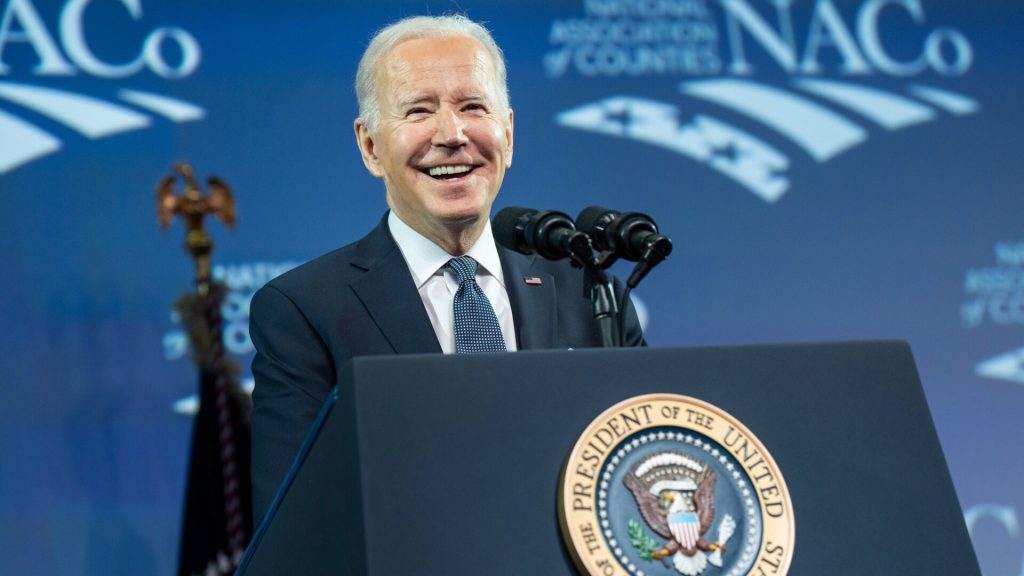
Even so, the Democrats would be well-served with caution in the wake of these poll results. Biden has work to do to get his message across to greater America, and while the State of the Union address was a strong begging to his formal reelection campaign, there are still months to go before election day and the President has his work cut out for him.

